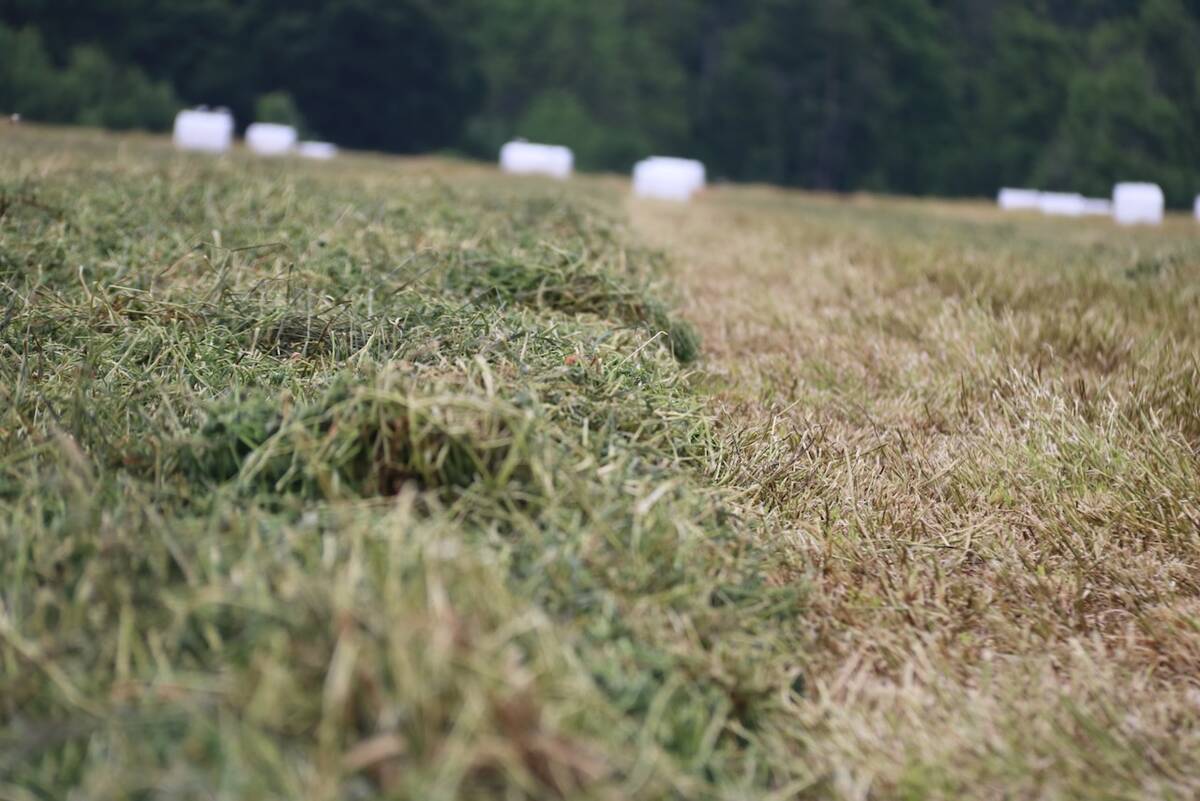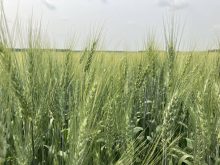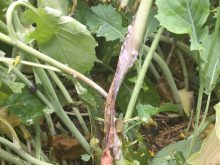Some canola growers have been considering the possibility of “component pricing” for their canola, that is, receiving payments based on the oil content of the canola they deliver. Oil is what the crushers want. Should they pay more for canola seed that contains more of it?
Canola oil content
Canola oil content varies from year to year, and from farm to farm.
According to Brett Halstead, vice-president of the Canadian Canola Growers Association and member of the SaskCanola board, the average canola oil content was 45 per cent in 2013 compared with 43.5 per cent in 2012. The 2011 average was slightly higher than 2013 — 45.20 per cent oil.
Read Also

New high-performance forage training program to launch in 2026
A new Canadian Forage and Grasslands Asssociation high-performance forage program will be a resource for farmers, agronomists and others in the forage sector.
Halstead said his farm’s oil content was actually down this year compared to last year — 42.5 per cent this year, compared to 46.5 per cent last year.
“Generally speaking, Manitoba has lower oil content,” said Halstead. “Saskatchewan is in the middle and Alberta’s is a little higher. Generally, in the Prairies, we’ve been gradually increasing the oil level.
“In Canada, we see a wide range in oil value averages. The low end of that average was 38.3 per cent this year and the high end was 50.4 per cent, so there’s quite a range.”
Halstead has given some thought to the concept of being paid for canola based on oil content.
This is something that is done in Australia.
“Australia typically had an extremely low oil level, so they had to do something to get plant breeding to produce better oil levels and to get farmers to do whatever they could,” Halstead said.
Australia has gone from 30 per cent oil content to currently around 38 to 40 per cent. There is also a narrower range, as compared with oil content in Canadian canola.
“As a farmer, I’d like to think a similar system can work here and help compensate us more directly, like, say, a protein premium on wheat would,” said Halstead.
“We know a little bit more about how to affect protein. We’re still not sure how to affect the oil content. It seems like it’s so much more environmental, but that doesn’t mean there should or shouldn’t be a system to compensate the grower.
“On the flip side, we don’t want a system that would be negative to farmers. Premium payments typically also have discounts on the other side of the scale. When you have 38 per cent oil, they’re going to want to pay you less, too. This year, we’re a little higher oil. Next year, we might not be.”
Another important factor that came to light this year, said Halstead, is a transportation backlog. Growers are bound by the limited available rail transportation, hampering their ability to market their crop.
“In 2012, we had less production and huge demand for a product, and the transportation system could move it when we sold it,” said Halstead. “Farmers got their premium for their oil back, because all export sales for seed would be made based as a certain per cent whatever the importer wanted. If the importer said he wanted 42 per cent oil and you delivered them more, you’d get a premium. If you delivered him less, you’d get a discount from the grain company.”
The issue this year, according to Halstead, is not necessarily whether or not we get paid for the oil. The problem is one of transportation logistics.
“If I want to and sell some more canola next month or today, I might have to wait until May or June to sell it because it’s booked up that far ahead,” said Halstead. “So, if I want to sell it tomorrow or next month, I just better hope somebody will take it. It’s almost like I have no power. It’s not whether I’m getting a premium because I have higher oil or not.
“When the system is working right, when it’s competitive, and when the transportation and logistics system isn’t plugged up, we’re likely getting compensated a portion or most of it.”
“I don’t have all the answers,” said Halstead. “We’re trying to get more answers on this to see if and how adding an oil premium would work and to see if it would benefit farmers. As a farmer, if it would, I’m all for it.”
Growing more oil
Some new varieties that have hit the market contain a higher oil potential. For any new variety to be accepted today, it needs to have a minimum oil level. This leads Halstead to believe that varieties are gradually improving.
“I’ve tried to do everything, agronomically, the best I can, allowing for quite a bit of seed colour change — which I think is the main thing farmers can do to affect their oil,” said Halstead.
Environmental factors, such as heat and sunlight, that occurs during filling, flowering, and, in particular, pod filling, can affect the oil level — though, these factors, producers have little or no control over these factors.
This is where producing oil in canola is currently different than producing protein in wheat. There are proven agronomic methods that farmers can use to influence protein levels. “This may also be applicable with canola, but that’s an unknown right now,” said Halstead.
“When trying to achieve higher protein, there’s so much in your agronomic program you can control, like beating diseases and proper plant. With oil, we don’t know if we can do that. It seems to be about 90 per cent or more environmental.”
According to Véronique Barthet, PhD, program manager of the oilseeds section at the Grain Research Laboratory of the Canadian Grain Commission located in Winnipeg, crop growing conditions are very important.
“This year, crop growing conditions were stellar, with low temperatures, ideal precipitation, ideal harvest conditions, and a warm September with no frost,” said Barthet. “These are perfect growing conditions for canola.”
The year 2013 saw a record high, as high as in 2011, except that in 2013, there were record highs in both oil and in overall crop quality. “This means more canola qualified for the top grade than in 2011,” said Barthet.
Barthet suggested there are many things growers can do to achieve higher oil content, such as getting the right seed for your area, and fertilizing properly.
“It takes energy for the plant to make oil, so whatever is going to divert its metabolism is going to reduce the oil content,” said Barthet. “If you don’t have the right fertilization, there won’t be enough energy to make the oil. If it’s too cold or too hot, the enzymes won’t work at optimal efficiency — so, again, low oil. And, when it comes to disease and insects, plants need to get enough energy to fight them.”














